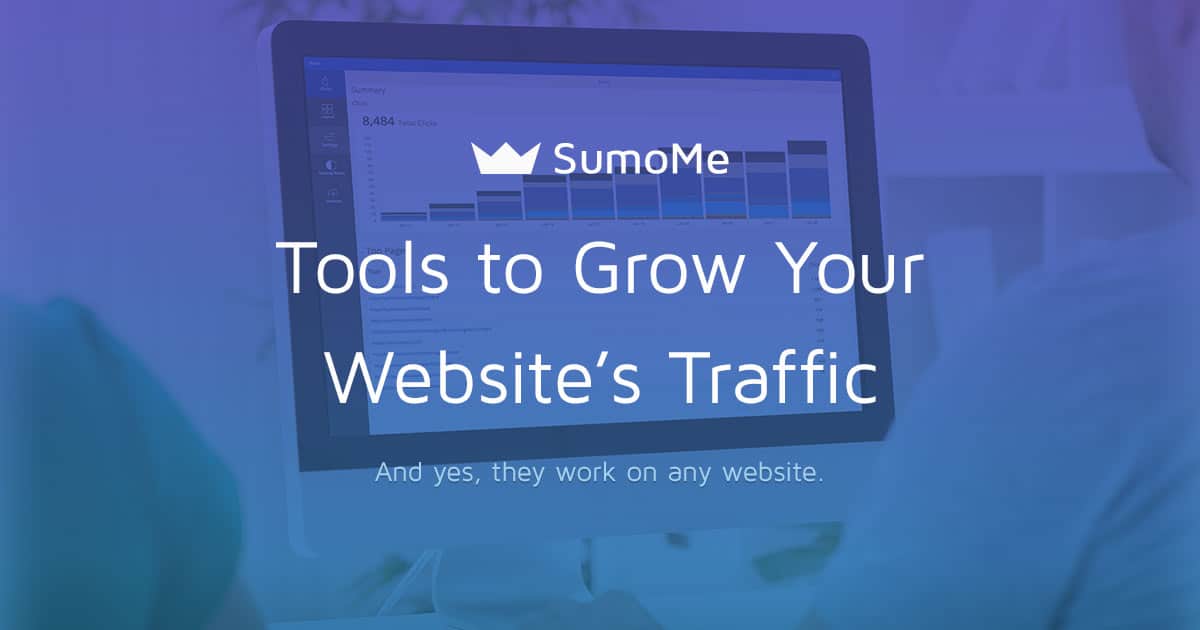5 Non-Obvious SEO Tips
Today we’ll take a rapid look at some things you can do to improve your website that you probably don’t know about:
Categories vs Tags
Google actually indexes both categories and tags on a WordPress site. Not something everyone is always aware of. Consequently, duplicate content issues begin to arise.
When you are using one word, or a very similar word for both the category and tag – it makes it difficult for crawlers to distinguish the true difference between the two.
In our case, that would be using ‘Lead Generation’ for both a category and a tag.
The safe and SEO-friendly route? Just use one or the other – categories or tags. It’ll save you a headache in the long run.
There is more than one sitemap
Most stick with the sitemap that Yoast SEO will generate for you. This is no longer enough. Given the complex and changing nature of content (and depending upon which of this you choose to have on your site) – there are sitemaps for specific types of content:
- Video sitemap
- XML sitemap
- Image sitemap
Head here to check what the WordPress repository has on offer.
Install Yoast
Installing this will give you a kickstart with your SEO – and then it’s a matter of running through all of the options on offer to make sure that you optimize your site as far as you can.
Sumome List Builder
Sumome is a free list building plugin that comes with a set of wonderful tools from the team at Appsumo and is definitely recommended if list building is part of your plan with your business.
But beyond this, there are a series of other tools that they provide such as Heat Mats, Analytics Dashboard and more.
Let’s walk through the process of installing and configuring Sumome List Builder on your website.
For the purposes of this illustration, I will be installing sumome onto a WordPress website:
After you have logged into word press, click on the “plugin” tab.
Next click on “add new” and search for the “Sumome”
It should be the first results that come up:
Click the “install now” button and then click on “activate”
Once the plugin has been installed and activated successfully, you should see it appear on the left-hand side of your WordPress console.
When you click on the “Sumo” link, you will then need to connect your sumo account to your website.
If you already have an account set up with sumome, you can just log in after clicking connect.
If you do not have an account, you can set one up after you click on “connect”
Once your account is connected, you are done!
Now I’ll give you a brief overview of how to use the software.
The great thing about Sumome is that, once you have connected it, you can set up an email flow is a breeze.
You can either create an entire flow from scratch or edit existing templates they already have set up.
Take a look at one of the pop-up forms already created within sumome:
As you can see on the right-hand side, a dialogue box that allows you to edit all of the elements of the pop-up form.
You can change:
- The header
- The text within the pop-up form.
- The text in the button and even the image!
So, in other words, you have complete customisation power at your fingertips.
Other plugins do not offer such level of personalisation which is why I love this software so much.
There is no greater deterrent to a website visitor than when they notice obvious 3rd party software popping up all over the place.
With sumome, you can customise the pop-up forms and emails to suit your personal brand, so your visitors and readers will think this is software you had specifically created for your business.
And that’s a pretty cool reputation to have if you are just starting out.
You can even change how quickly a pop-up shows up on your website:
As you can see on the right, you can set a custom frequency.
So in the screenshot above, a pop-up will be activated after a visitor has been perusing your site for one minute.
There are debates amongst webmasters as to what the ideal frequency should be.
Some say it is best to ‘strike while the iron is hot’ and activate a pop up before a visitors bounce away from your website.
Other say that you should respect the visitors reading time and not interrupt them with a pop up instantly.
It’s entirely up to you.
A great tactic is to measure the average length of time a visitor spends on your webpage and use that data to judge how quickly a pop up should be activated.
If visitors spend an average of 1 – 2 minutes on your webpage then setting your pop-up frequency to 1 min is a no brainer.
If, however, visitors are spending quite a few minutes on your webpage, you might consider delaying your pop up frequency by a few minutes.
A great tool to use to monitor the amount of time a user stays on your webpage is Google Analytics.
The best part about this tool is that its absolutely free!
Outreach Vs Production
Spending a lot of time on content outreach rather than producing the content itself should be a key part of your content marketing plan. There are around 3 million blog posts that are published every day potentially on average.
When you consider that – what is the chance of actually getting your message heard by the world? Simply relying upon producing the content itself simply is not enough.
Apply the 80:20 rule – but rather spend 80% of your time on Content Outreach rather than production itself.
Let’s discuss some different forms of content outreach:
Facebook Ads
This method is not a popular one but works quite well if done correctly.
Basically, what you do is create a stellar piece of content (article or blog) and then promote it as a post on Facebook.
For example:
If you wrote a post about lead generation best practices, you would upload an enticing (and relevant) picture with a caption that summarises the information you discuss in your blog.
After creating this Facebook post, your next step would be to promote it to a highly targeted audience.
You would then direct all traffic to your blog once they click the call to action button.
Because you are providing this information for free and not selling a product, your content will very quickly grow in popularity and be shared by viewers over and over again.
Sharing means more chances of backlinks!
And more backlinks means a higher Google rank!
LinkedIn Posts
Linkedin in posts a very underutilised, which is unfortunate because they are a VERY powerful outreach platform.
If your LinkedIn posts are always of high quality and you aim to provide as much value through them as possible, you could grow an impressive following organically without spending any money on ads!
In order to execute this outreach strategy correctly, you would need to work on establishing your personal brand through your LinkedIn posts.
If followers start viewing you as an expert in your field, your posts are more likely to be read and shared.
Another great benefit of establishing your personal brand on Linkedin is that, once you have established respect for your expertise you could then, at any time you wish, successfully promote your services via a LinkedIn post.
You can now also tag individuals both in your posts and in your status updates on Linkedin, so you can really shake up your industry and gain some incredible exposure if you are strategic with you who tag.
A great tip for increasing the impact of your content outreach on Linkedin is to connect with as many relevant individuals on LinkedIn as possible.
By relevant, I mean your target audience.
There are limitations with the free version of Linkedin in terms of the number of connection requests you can make so you would need to upgrade to a premium version.
Linkedin does offer a free trial period for its premium version, so you can utilise this period to test the waters and decide whether or not the upgrade is right for you.
So if you are not currently using Linkedin Posts for content outreach, you are seriously missing out on some incredible growth opportunities.
Outreaching is one of the most important SEO techniques for bringing more quality organic traffic. Analyzing and having the right anchor text while link building campaign is crucial, especially for your rankings. A tool like Linkio helps with the right anchor text percentage suggestion and getting after your competitors in a fast time.










